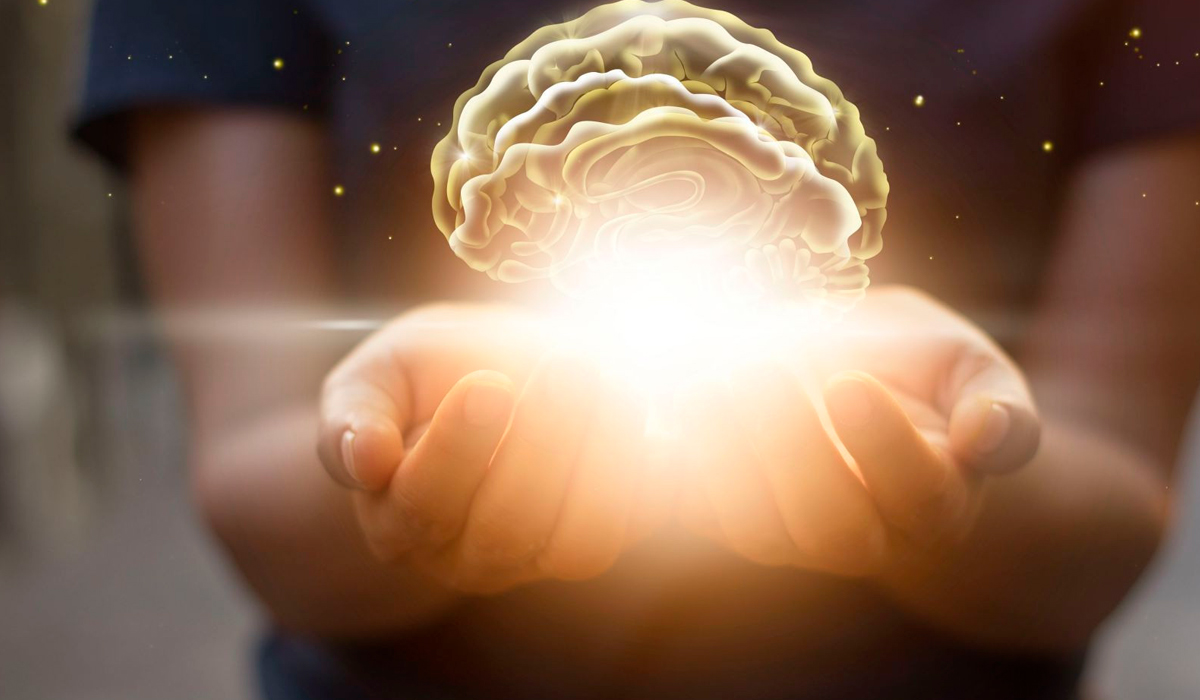
What Is An Acceptable Mold Spore Count?

Mold spores are tiny, airborne particles that come from mold. Mold can grow on anything organic, including wood, paper, carpet, and clothing. It is a common problem in damp environments such as bathrooms, attics, and crawl spaces. Exposure to high levels of mold spores can cause respiratory problems and other health issues.
The acceptable mold spore count is ultimately identified by our third-party laboratory and they would color coordinate the molds that are most detrimental in the property as well as if the count is low, medium, or high. There is no definitive answer to this question as it depends on a variety of factors, including the type of mold, the level of exposure, and the person’s sensitivity to mold spores. However, most experts agree that levels below 1000 spores per cubic meter are generally safe.
Blog Outline
1. What is mold and what are the health risks associated with it
2. How to test for mold in your home
3. What are acceptable mold spore counts
4. Prevention tips to keep your home free of mold spores
What Is Mold And What Are The Health Risks Associated With It
Mold is a type of fungus that can grow on various surfaces, such as ceilings, walls, and floors. It typically appears as a green or black substance and can produce an earthy/musty smell. Mold can cause a number of health problems, including respiratory issues, skin irritation, and allergies. It is important to avoid contact with mold and if possible and to get rid of it immediately if found in your home according to the EPA guidelines.
How To Test For Mold In Your Home
If you think you may have mold in your home or you are suffering from a poor immune system, it is important to test for it. There are several ways to test for mold, and the best way to test will vary depending on your situation.
One way to test for mold is to use a blacklight. If you suspect that there may be mold in your carpet, you can use a blacklight to look for signs of mold. If you see any areas that are lighter in color than the surrounding area, this may be a sign of mold.
Another way to test for mold is to use a protimeter. If you are concerned about the moisture levels in your home, you can use a moisture meter to measure them. This can help you determine if there is any excess moisture that could lead to mold growth.
If you are unsure which method of testing is best for you, consult with a licensed professional. They will be able to help you determine the best way to test for mold in your home and provide a protocol on how to get rid of any existing mold.
What Are Acceptable Mold Spore Counts
There is no one answer to this question as acceptable mold spore counts can vary depending on the situation. However, in general, mold spores in the air should not exceed 1000 per cubic meter. If levels are higher than this, it is recommended that you take action to reduce them. This may include cleaning up any mold growth you find and using an air purifier to remove excess spores from the air.
Prevention Tips To Keep Your Home Free Of Mold Spores
Mold spores can cause a variety of health problems, from mild allergic reactions to more serious conditions. Here are some tips for preventing the growth of mold spores in your home:
1. Keep your home clean and let the AC unit run at a minimum of 71 degrees. Mold thrives in moist environments, so make sure to clean up any spills or leaks right away. Dry surfaces quickly after washing them, and use fans or dehumidifiers to help keep the air circulating.
2. Ventilate your home properly. Make sure you have proper ventilation in your bathroom and kitchen, and try to always keep your windows and doors closed to prevent outdoor mold from entering the property.
3. Use a dehumidifier. If you live in a humid climate, or your home tends to be damp, consider using a dehumidifier to help keep the humidity levels down. Acceptable levels of relative humidity are between 40% – 55%
4. Keep your home well-insulated. Proper insulation can help keep moisture out, reduce temperature and relative humidity, and prevent the growth of mold spores. Your attic and crawl spaces are generally the places where you should focus on having an adequate amount of insulation to maintain a healthy environment.
Also, read about Crawl and Attic space cleaning service by Fixmold
5. Inspect food packaging carefully before eating. Make sure there are no signs of mold or mildew on the packaging, and discard any food that is contaminated.
Conclusion
Mold spores are everywhere, and while most of them won’t cause any harm, some can be very dangerous such as stachybotrys. In this article, we’ve outlined how to stay safe from mold spores and what to do if you think you’ve been exposed. We hope you find this information helpful!




